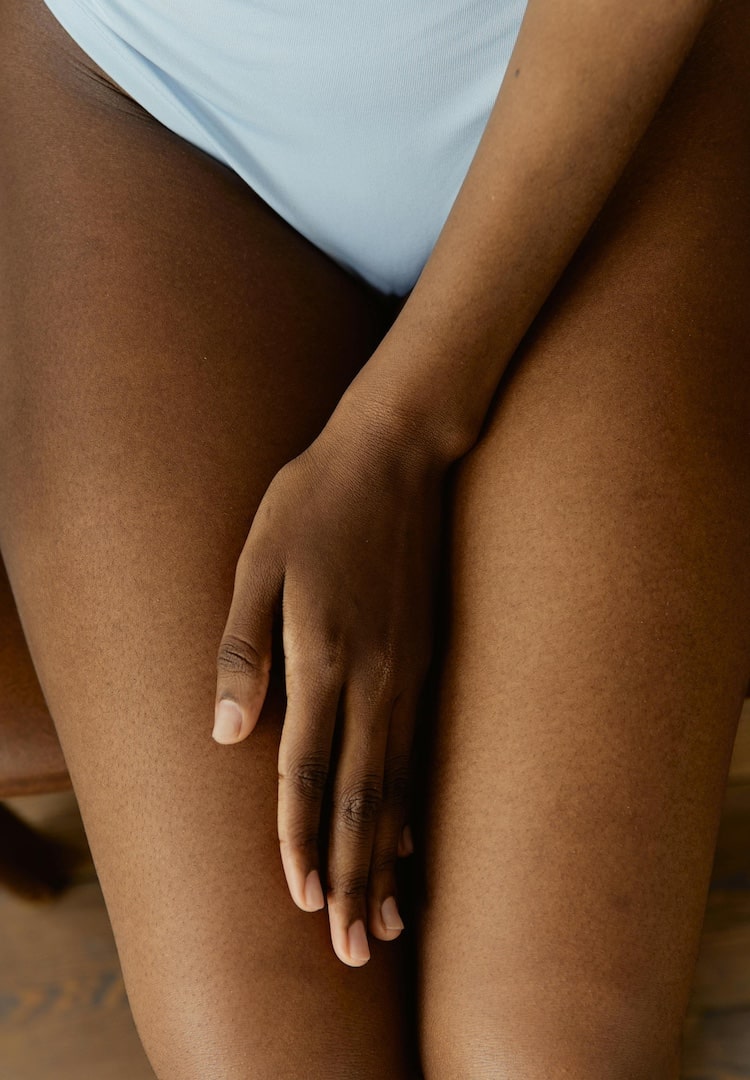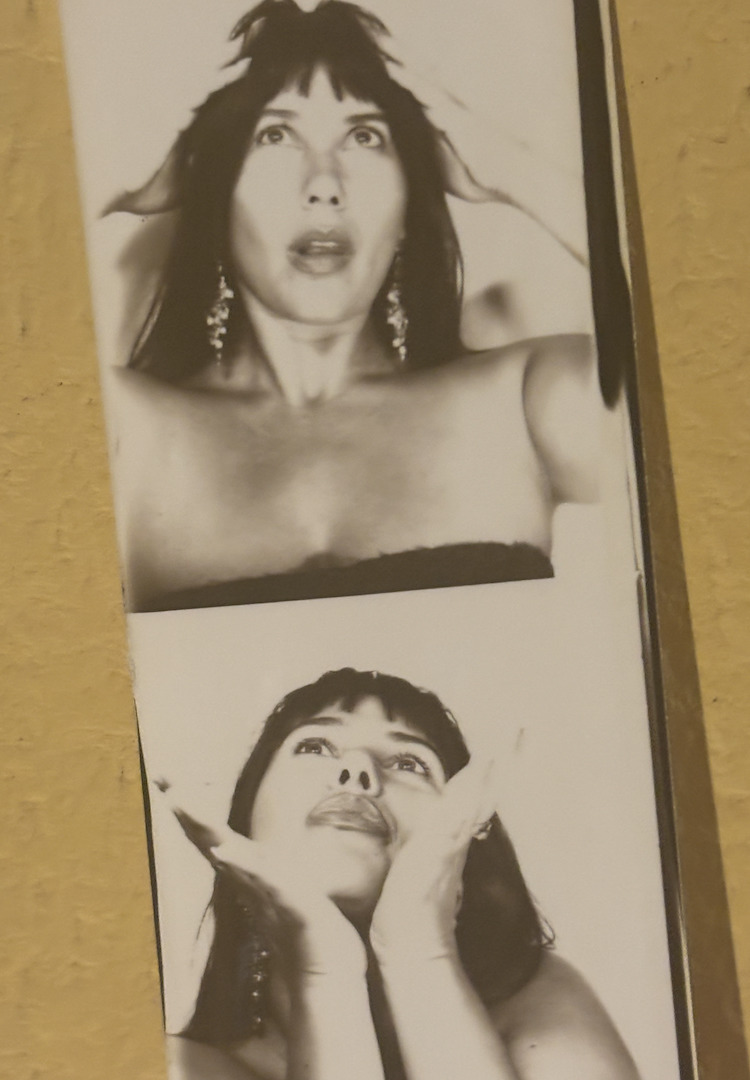Why don’t we talk about high female sex drives in relationships?
Words by Jasmine Wallis
It’s time for a role reversal.
The other week one of my friends jumped into my DMs. “I keep having sex dreams because I’m so horny.” She was venting to me, frustrated at her long-term male partner for not wanting sex as much as she did. “It’s so annoying because I don’t want to force him or make him feel guilty.”
As a society, we often talk about the peer pressure that cis-women feel when it comes to heterosexual sex – putting out as a teen before you’re ready so you don’t get dumped, the all too common complaints of “blue balls”.
For more sex talk, head on over to our Life section.
But what happens when the roles are reversed? Why do some women feel guilt, shame or even embarrassment over having a higher sex drive than their cisgender male partners?
I pose this question to Georgia Grace, a certified sex coach and your local big sister on the internet, G.Spot. “Shame is a feeling that a lot of people feel when it comes to sex and sexuality,” Georgia says.
“A few common themes have emerged,” she notes. “Religion informing people that sex should be between a man and a woman when they’re married, political ideas, limited sex education or the messages they’ve been sent around sex by social groups or sexual experiences. These ideas of shame are multi-faceted.”
Biological differences?
So basically, shame is conditioned. But what about my friend, why does she feel frustrated that her partner doesn’t have the same libido as her? Throughout my research on this topic, I began to realise (due to my woeful public school sex education) that I don’t even know if there is a biological difference between libidos in the sexes.
“No. There’s no biological difference,” Georgia explains. “It’s incredibly common, normal and human, for a person with a vulva to have a higher desire for sex than a cisgender man or a person with a penis.
“Using this idea that biologically, cis-women and cis-men have different desires for sex comes down to the fact that we confuse desire and arousal.”
Georgia says that, basically, desire is what we understand as wanting sex (i.e. you’re horny). Arousal, however, is the physiological response that shows up in your body like an erect penis or lubricated vagina.
The difference is that for people with penises, this arousal can happen almost instantly or within a few minutes, but Georgia explains that people with vulvas can take between 20 to 40 minutes to be “fully physiologically aroused”.
This means there’s no difference in our drives but rather in the time it takes our bodies to respond to what’s going on in our environment.
Different strokes for different folks
In sex educator and researcher Emily Nagoski’s book Come As You Are (yes, the book that Maeve Wiley recommends to Aimee Gibbs in the latest season of Sex Education) she explains that there are different types of desires that humans can feel.
One is spontaneous desire. This means that it just arrives out of the blue, and it can happen instantly without much external stimulation. Emily notes that “75 per cent of men experience spontaneous desire compared to 15 per cent of women”.
The second type of desire is responsive sexual desire. This means the drive shows up in response to the outside environment i.e. seeing an image or video, looking at your partner on date night or being kissed. Emily found that five per cent of men and 30 per cent of women experience this responsive desire.
And finally, there’s contextual sexual desire. This is the reason why you may not feel turned on after a stressful day or a huge meal.
With humans feeling a range of desires that can change every day, there are many reasons why your libido may not always match up to your partner’s.
“A lot of people self-diagnose themselves as having low or no desire. But they’re actually just experiencing responsive desire, and they’re not getting enough stimulus in order to bring sex front of mind,” Georgia says.
Being a sex coach, Georgia recommends that couples who are having issues in the bedroom seek professional help. It doesn’t mean anyone is ‘broken’ but it gives a safe space to learn more about communication around sex.
“I think we should be normalising that every single couple will have different levels or different experiences of desire,” says Georgia. “It’s pretty rare that you desire sex at the exact same time as your partner, but by learning about what you both need you can have a really fulfilling sex life.”
Moving past shame
From the movies where the wife constantly “has a headache” or the TV show where the girlfriend bribes the male character with sex for something in return, we’re sold the idea from a young age that men want sex more than women.
Georgia also notes that the patriarchy assumes that “women do not want and should not enjoy sex” and if they do then they’re slut-shamed. Couple this with the orgasm gap and we’re all as confused (and frustrated) as ever.
At the end of the day, these stereotypes we have around gender and sex don’t help anyone. Cisgender men may feel less ‘manly’ if they don’t desire sex at the same rate as their cisgender female partners while cisgender women may feel shame or ‘too much’ when they’re asking for sex more often.
The week we spoke, Georgia shared this quote from American professor Brené Brown on her Instagram feed: “Shame derives its power from being unspeakable.”
By speaking about libido and desire with our partners, to our friends or with a therapist, we can continue to break down these outdated stereotypes, stop feeling shameful for something natural and have more fulfilling sex lives.
This article was originally published on October 10, 2021.
To learn more about low sex drives, head here.













